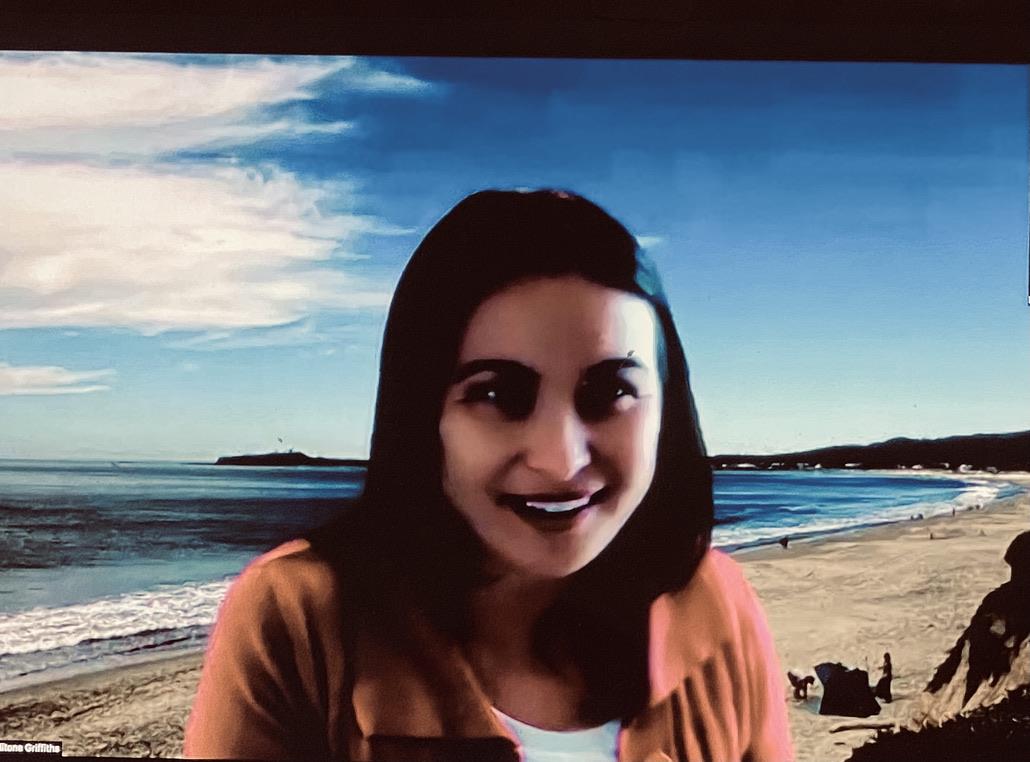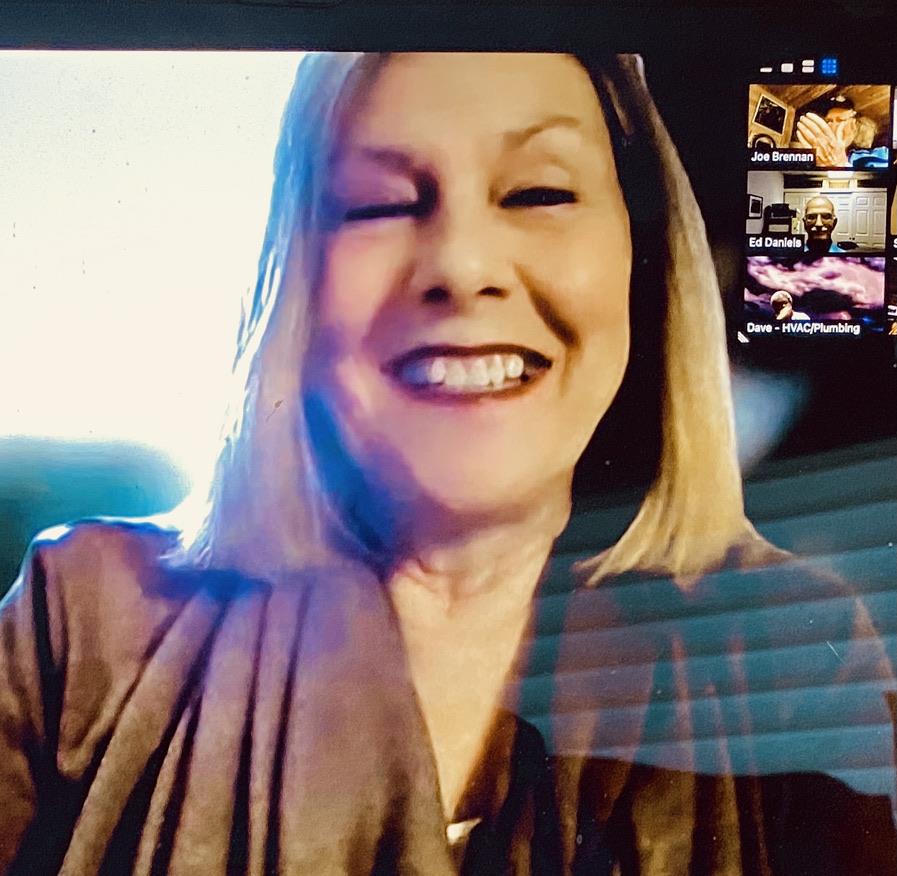________________________________________________________________________________________________
The FOGHORN
ROTARY CLUB OF HALF MOON BAY
September 2, 2021
Gordon Wiltsie
Award-Winning Photographer
To the Ends of the Earth – The Adventures of an Expedition Photographer
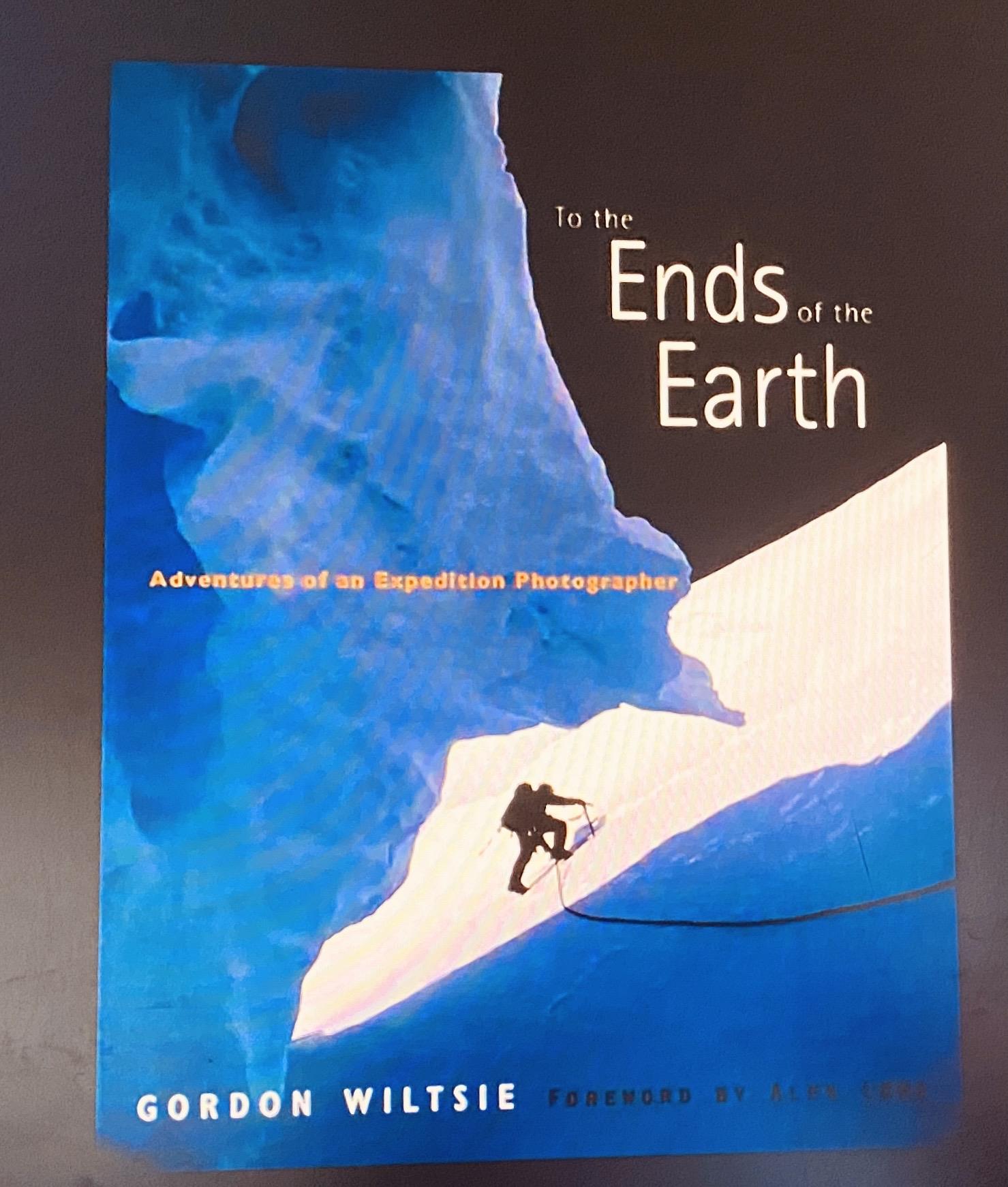
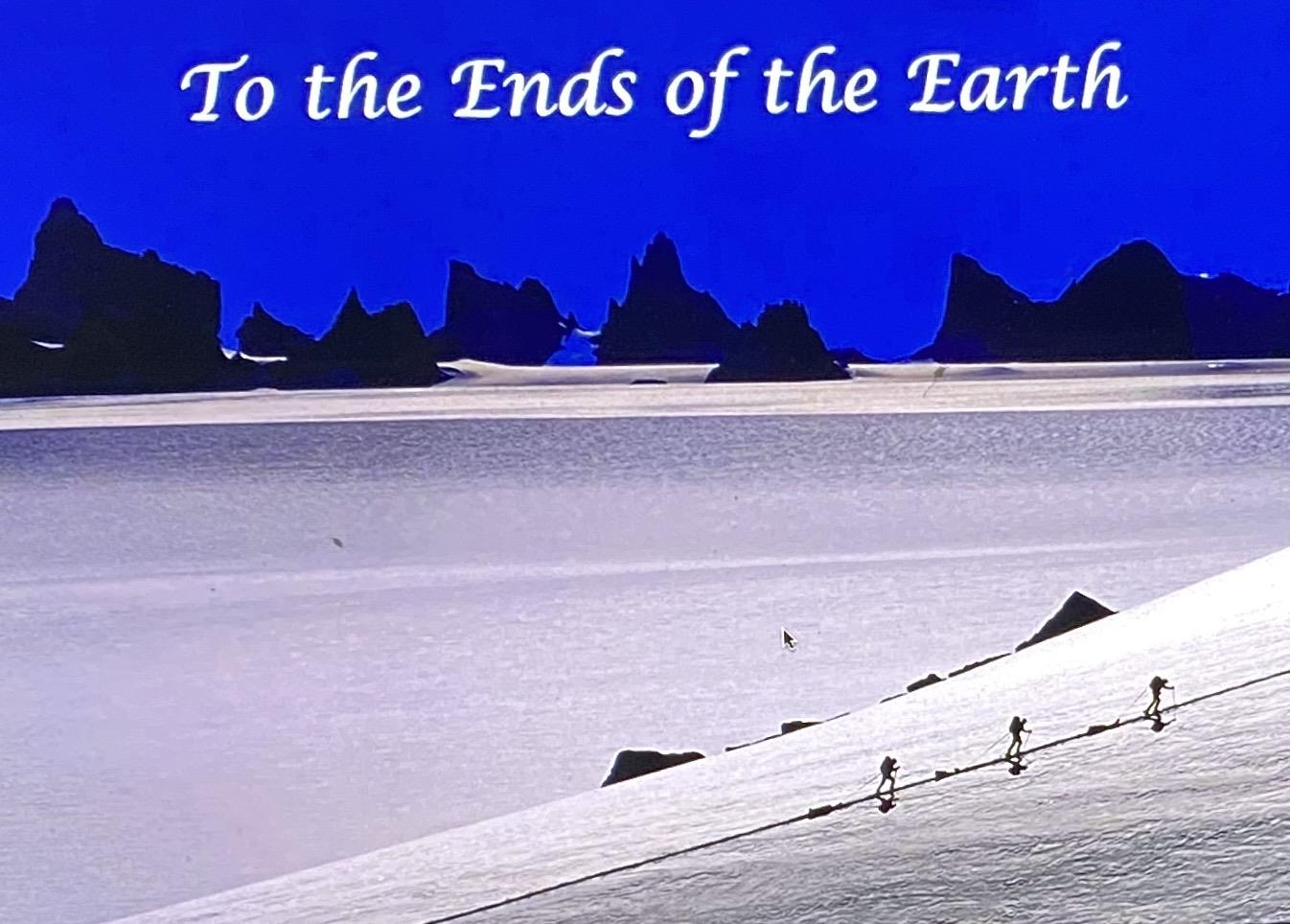
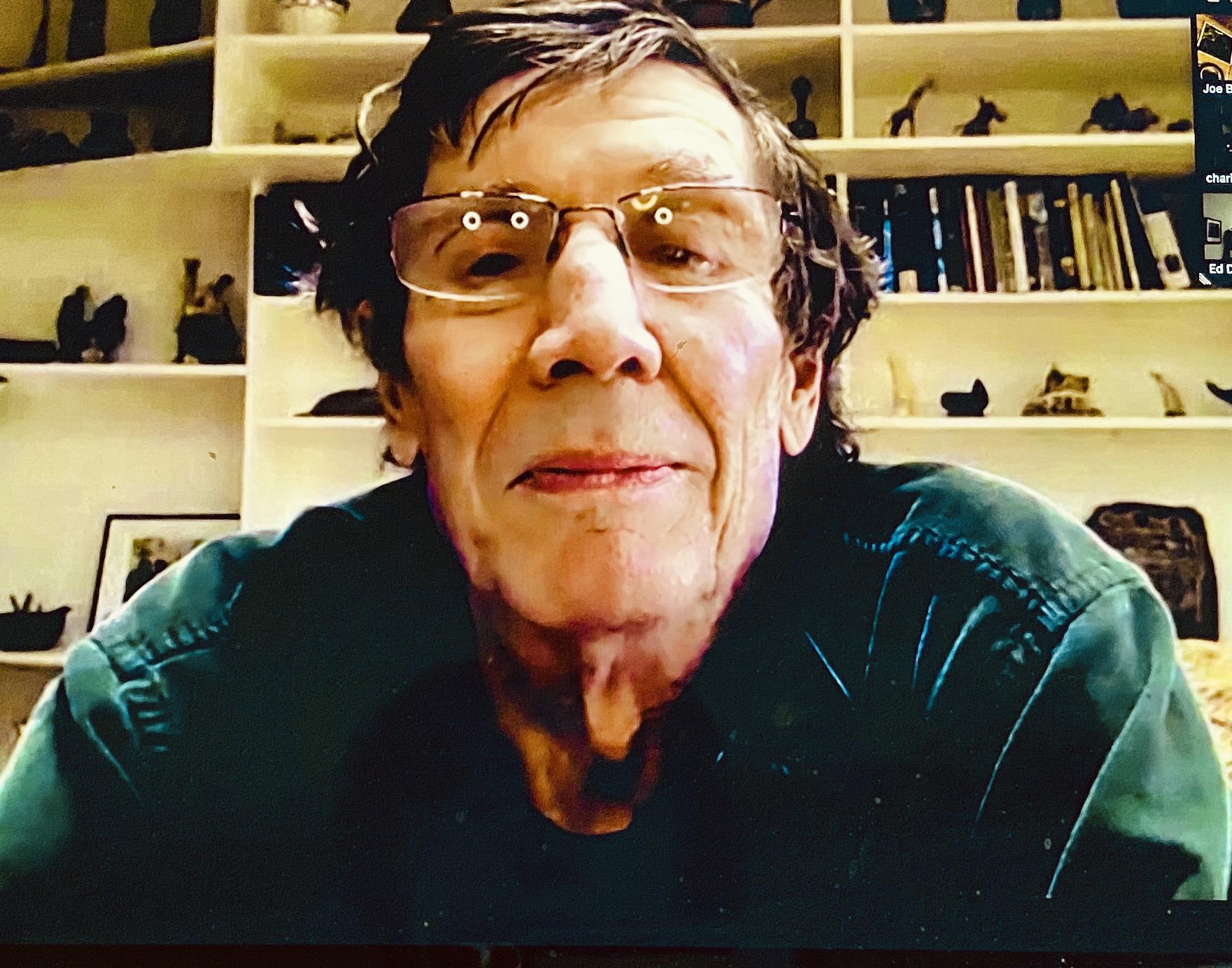
Article by Stacy Trevenon
Photos by Dianne Bobko
President Joe introduced the day’s speaker, award-winning photographer Gordon Wiltsie, a resident of Montara with his wife Meredith and two sons. He and Joe met in Bishop, Calif. By way of a biography, Joe had included in his email that in addition to being an award-winning photographer, Wiltsie is a “writer and explorer who has led and documented extreme mountaineering, dogsledding, skiing, and other expeditions to some of the world’s remotest mountain and polar regions. He is also noted for his photography of vanishing cultures and his images have appeared in scores of magazines, including National Geographic. He is the author (of) To the Ends of the Earth – The Adventures of an Expedition Photographer and has done photography work for several other books.
Gordon started his presentation with thanks for the invitation, and noted that it was a pleasure to him to come to this community. He said he felt blessed to be born at a time when there are still places that have not been visited by humans, when there are still people who follow ancient ways and still get around by riding horses, and that he feels blessed to live where there is still open land. In the course of publishing his photographic work, he said, he has been known to publishers to go for the tough assignments. “If it’s cold, miserable and dangerous, it goes to Gordon,” has been said of him by publishers, he said with pride. He noted that he has felt fortunate to have witnessed and photographed some things, sometimes extreme subjects, that he has. “Participatory journalism,” he called it, borrowing a phrase from famed outdoor adventure photojournalist and mountaineer Galen Rowell, and to illustrate his point, he presented a photo taken at the Arctic Ocean and a sled which had broken through the ice. Where others might get scared, he said, he has to do it.
He himself was born in Bishop, Calif., first picked up a camera at age 8, grew up with National Geographics and had experienced canoeing deep in Canada by eighth grade. He had wanted to be a fighter pilot but having failed a colorblindness test in high school he turned to photography and joined his high school yearbook staff. “I was the nerdiest kid,” he said, “but photography transformed me.”
He tried rock climbing and lists media executive Doug Robinson and Rowell as early inspirations. Upon his high school graduation, his grandmother gave him as a gift a chance to attend the Palisades School of Mountaineering. An early influence was John Muir; he described skiing trips in college. An experience that helped shape his life was an encounter with the prime minister of Greece who, noting that the young Wiltsie had no family obligations, encouraged him to travel the world. He got a job and bought a VW bus which allowed him to be “free to wander” and discover what attracted him.
He attended the University of California, Santa Cruz, and discovered writing and a foreign study program in Nepal, which he found a “transformative experience.” He also did a solo trek in the Himalayas, which included scaling his first 20,000-plus-foot peak; when he returned, he had a story and photos published, an experience he found exciting.
He spoke of meeting his wife Meredith, of their son Ben, of living among poorer people in Bangladesh and learning Bengali; of treks to Annapurna in Nepal, sacred places in India, the 23,000-feet Himalayan peaks and the “breathtaking” color photos he took and people he encountered. “If I can do this, what else can I do?” was his thinking along the way, and he formed a business with his wife and son Ben. His photography found its way into magazine stories, posters, and advertisements for which he discovered new ways of looking at and representing the subjects he photographed.
His wife sent him to New York to meet with editors; despite some rejections the travels continued. He described shoots in India and Kashmir; being stormbound and taking refuge during an avalanche; negotiating the advent of online technology; capturing giant snow sculptures and giant hoops made of snow; bonds formed with fellow travelers; bad weather experienced on an assignment for National Geographic, and assignments for Outside Magazine and Mountain Travel magazines, and traveling by dogsled. He spoke of seeing places where no one had gone before, and despite food shortages and realizing “the scope of the things people can accomplish.” He mentioned crossing from Russia to Canada in the Arctic.
He described teamwork despite bad weather, as when everyone had a job to do to get a story for National Geographic involving a dogsled expedition across Antarctica and being trapped in snow caves. He showed breathtaking photos of giant sculptures made of ice and snow. His experiences ranged from being “scared to death” to camp life and everyday details like cooking. But he still got incredible pictures. You had to get the pictures and forge ahead, even on dangerous expeditions.
His real love, he said, was people pictures and covering vanishing cultures, like the last clan or an original northern people whose lives hinged on reindeer.
What has been his latest discovery? Montara, among “magical places for art and beauty,” which he saw as special “because people protect it.” He said he loved discovering the California coast, and of his fascination with taking photos of things we face today, such as the results of climate change, war and poverty. He appreciates what he sees here: people living “close to home” and involved in their community. He is an active member of the Odd Fellows.
What’s his role? A spokesperson for the opposite side of things, which is why he wants to protect such places. To live in a magical world you have to do everything you can to protect it, which he is delighted to do – even when he gets hurt in filming and climbing.
Many of the Rotarians had comments and questions.
Charise McHugh praised Gordon’s “fabulous” photographs and his eye for composition.
The meeting then turned to Rotary business, as Gordon was presented the speaker’s certificate as thanks, and told of Rotary’s work toward polio eradication. “Thank you,” he said. “This is an honor.”
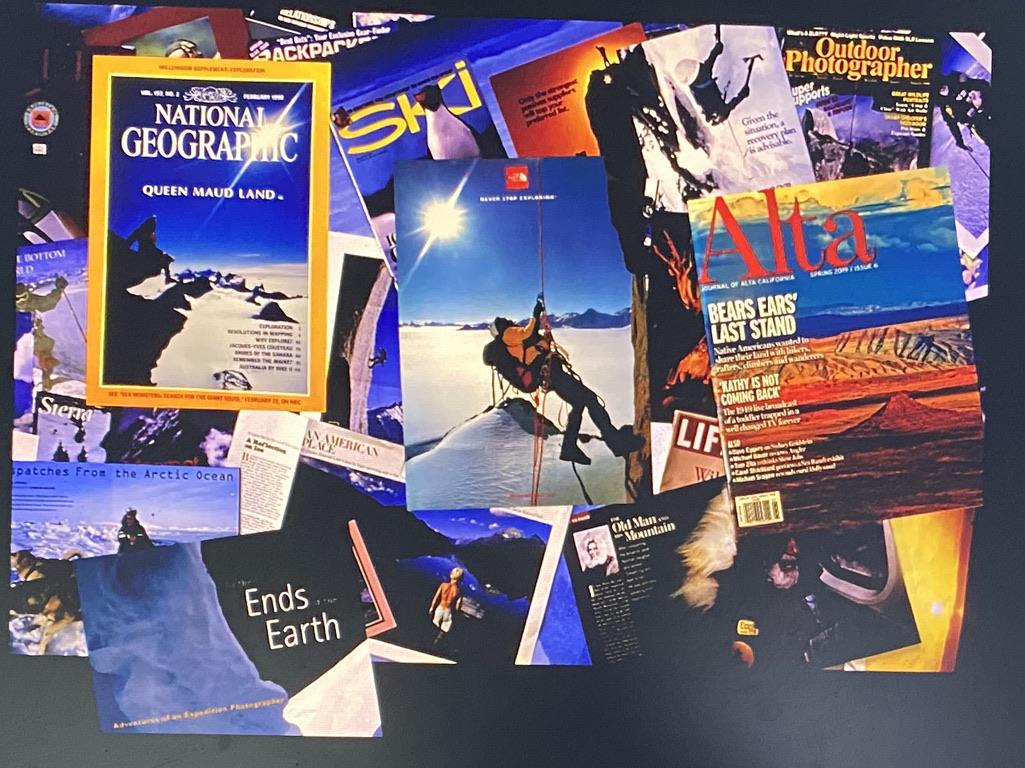
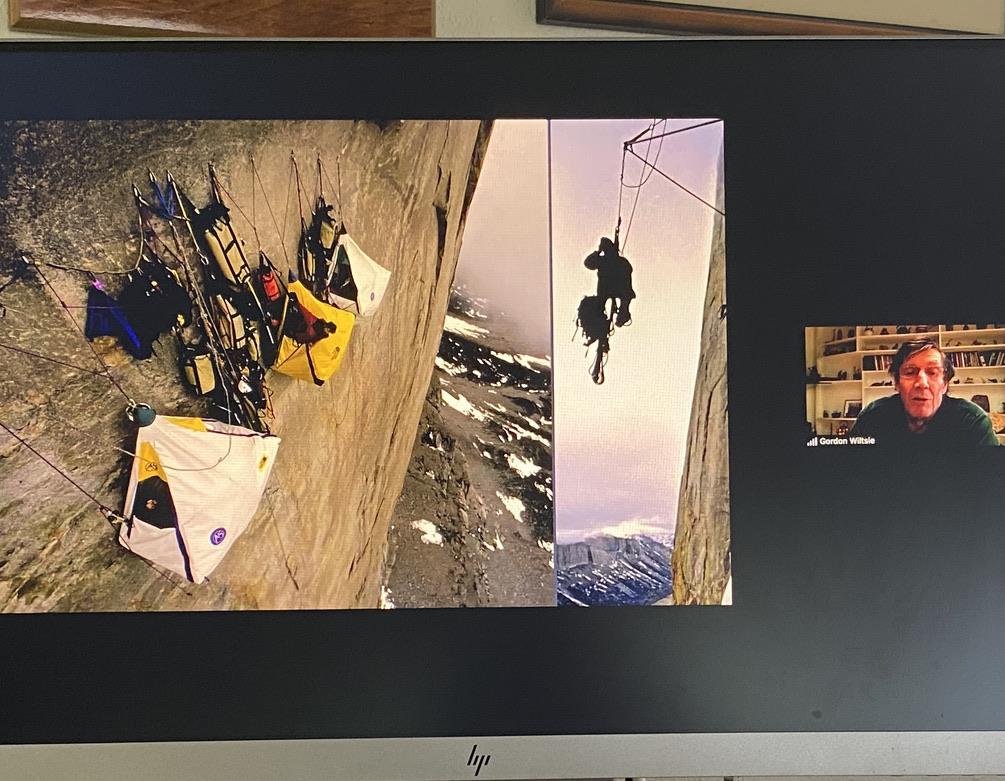
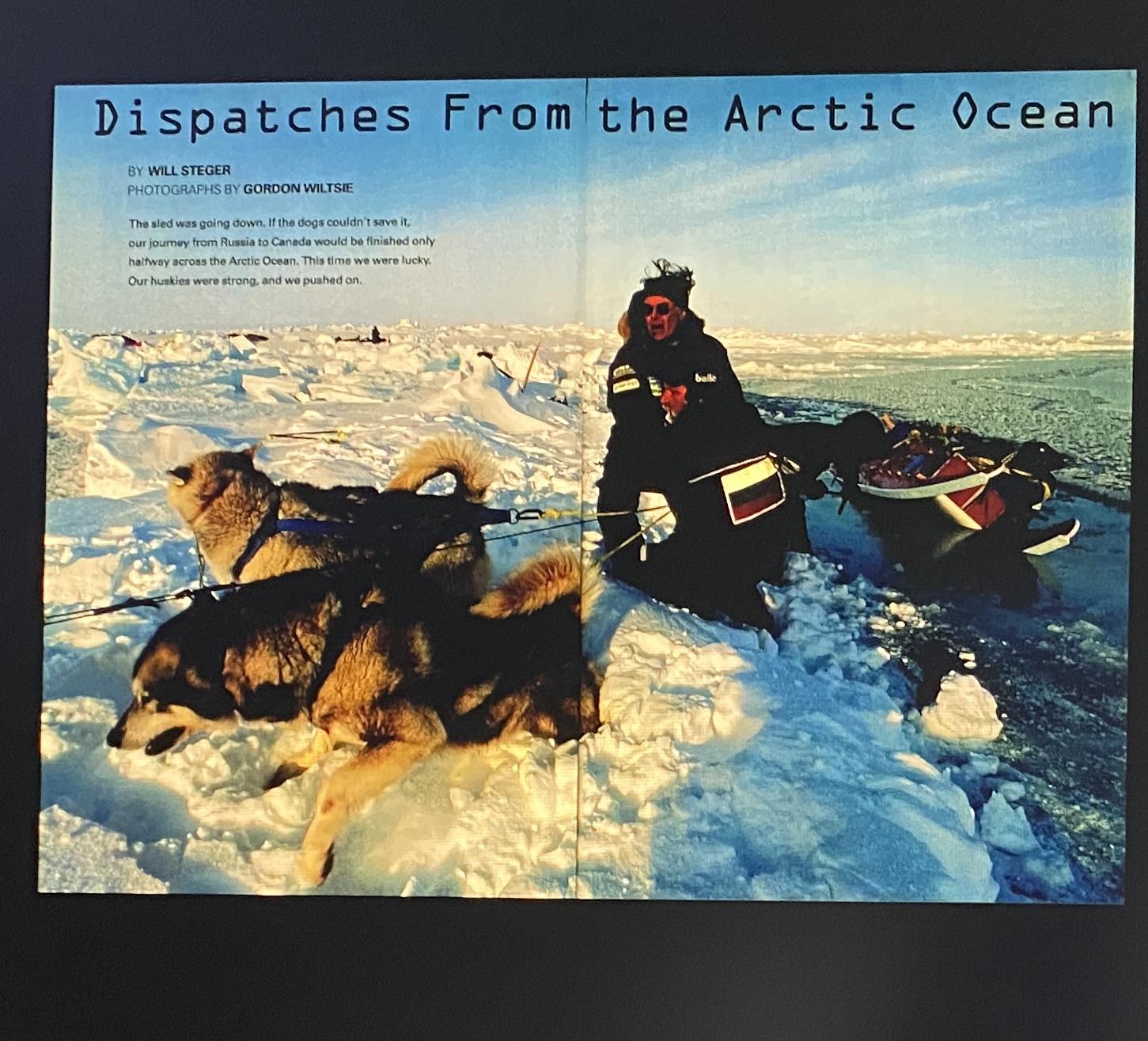
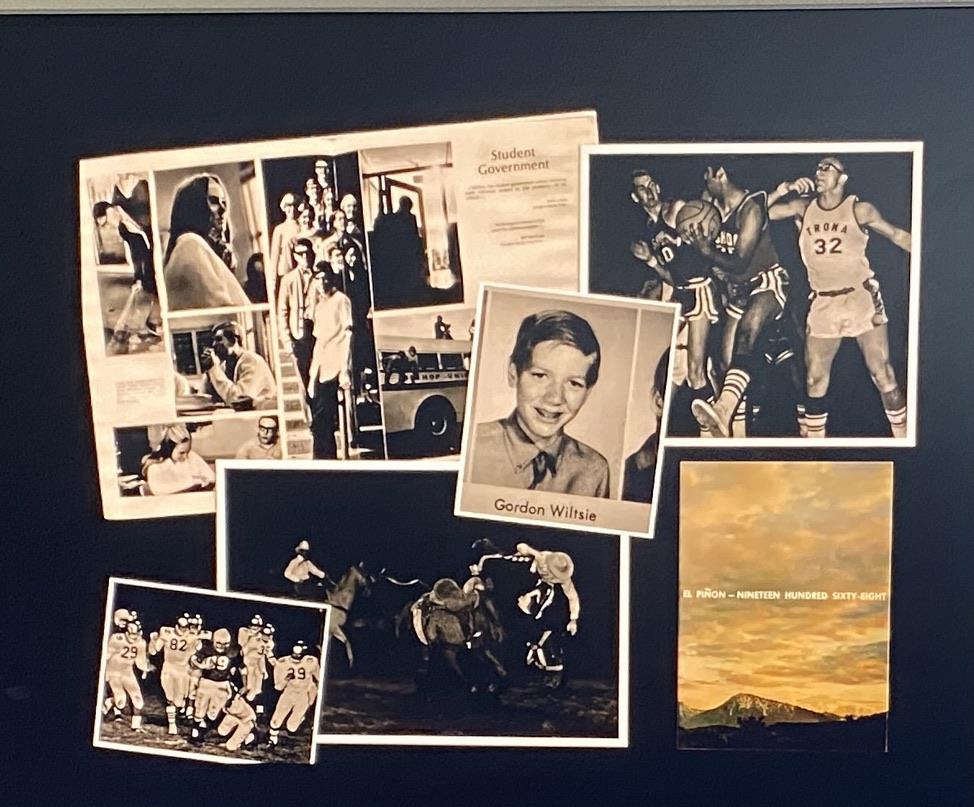
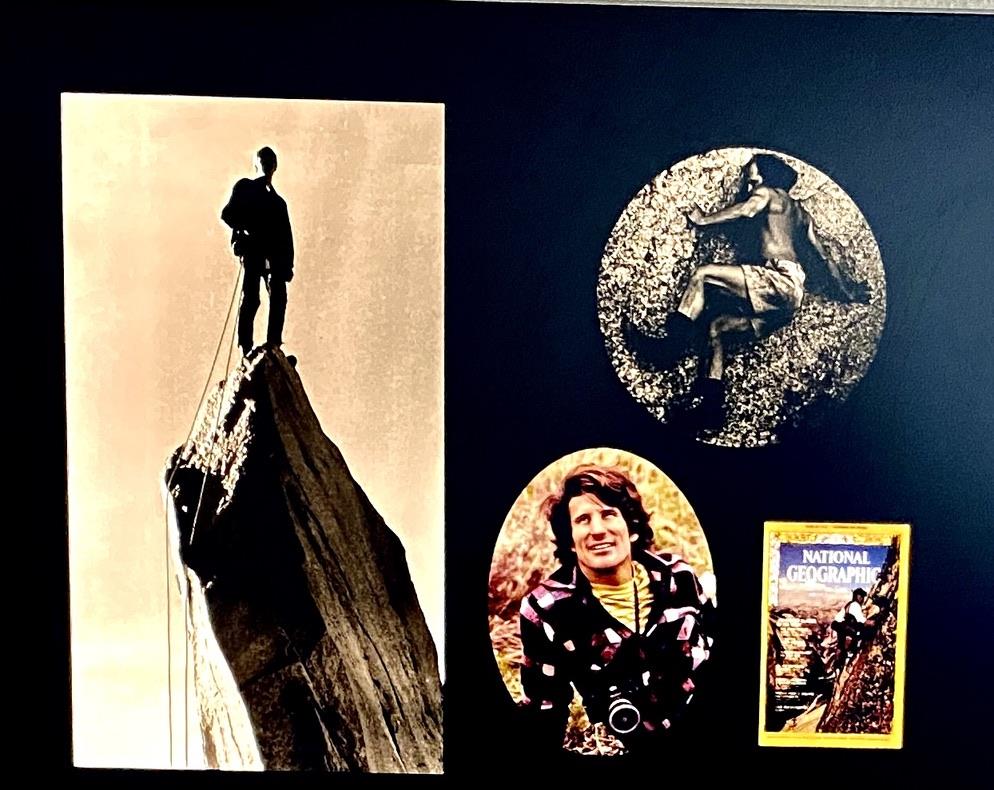


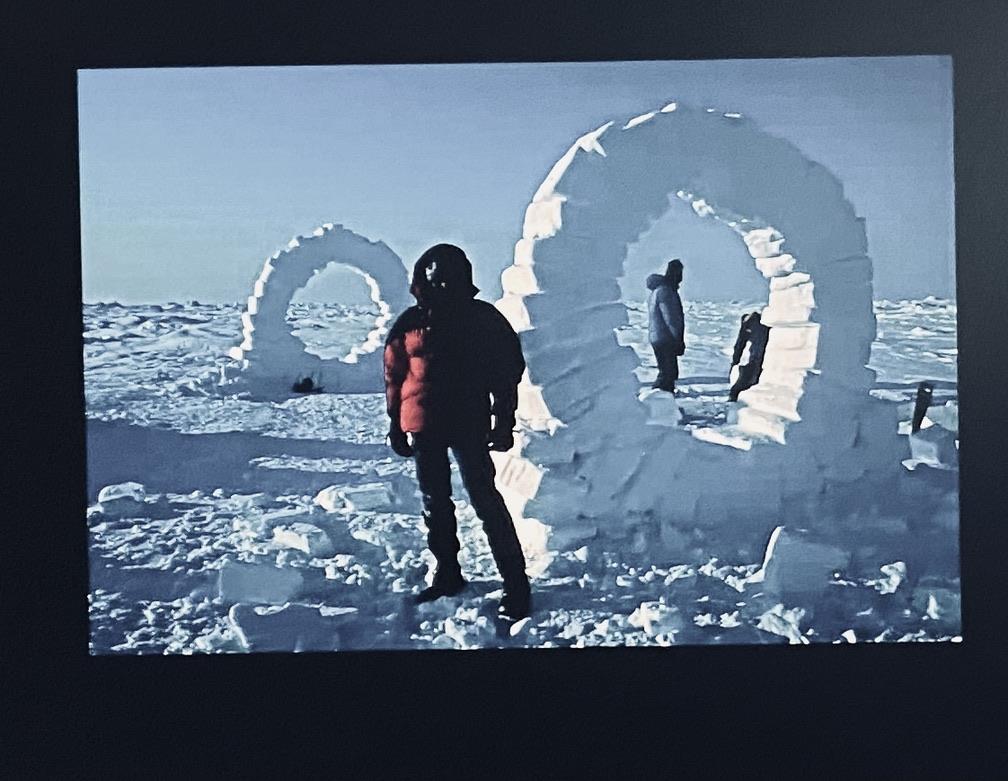
Club Meeting - September 2, 2021

The virtual meeting began with casual conversation about the process of accessibility certification for businesses. Architect John Evans weighed in when the discussion touched on the Independent Order of Odd Fellows (IOOF) building, which was built even before the city was created as such. President Joe Brennan suggested, if this pertains to your business, you should get and post a certification. John Evans could be a source for information about local old/historical buildings.
Pledge of Allegiance Kevin O’Brien led the Pledge of Allegiance.
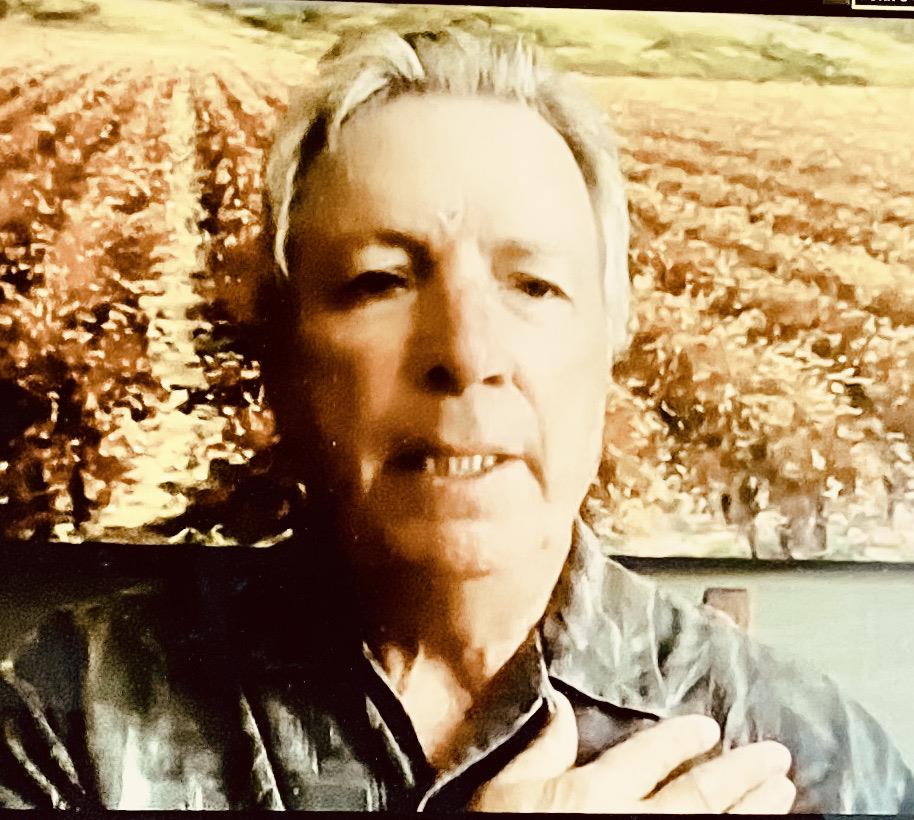

Inspirational Thought As the thought for the day, Dave Dickson cited Richard Feynman, a man of science and personal hero of his, who said “The highest forms of understanding we can achieve are laughter and human compassion.”
On the previous Tuesday, Joe had sent out an email message announcing the first September meeting, but began with sad news: “Robin Jeffs, our longtime and dearly valued friend and Club member, passed away peacefully yesterday surrounded by his loving family. The family requests no phone calls at this time but cards and emails are appreciated. We will share information about a memorial when it is available.”
Happy/Crappy News 

Kevin O’Brien spoke of the passing of Robin Jeffs, and that emails to his family would be welcome.
Stacy Trevenon mentioned that Jorge Ordonez, that some of us had known briefly through the club’s international work, was suffering with cancer. She also mentioned efforts on the district level toward earthquake relief in Haiti, and that Half Moon Bay resident Joaquin Jimenez, whom she had brought to Rotary lunches and was interested in joining the club, says hello.
Announcements
Pres. Joe Brennan said there were open dates to bring lunch sandwiches to Abundant Grace.
Mitone announced an upcoming beach cleanup, on “California cleanup day” from 9 a.m. to noon on Sept. 18 at Dunes Beach. She said she wants us to show that the community is doing something. Some Pacifica Rotarians will join us for that. Mitone also drew parallels between Rotary and the Peace Corps.
Charise mentioned Life Skills at Pescadero HS, for which interviewers will be welcomed.
Rosi mentioned that there will be an open house for Abundant Grace in November.
Susan Kealey spoke of Meals on Wheels, how sometimes the only contact that the disadvantaged have with the rest of the world is through this program.
Joe spoke of our club serving as a sponsor for International Polio Day, Oct. 24. Upcoming for Rotarians is a chance to cruise the Potomac in a yacht. Also mentioned at that time was the Rotary International End Polio campaign.
There will be a board meeting via Zoom at 6 p.m. on Monday, Sept. 6.
Pres. Joe's Weekly 'States of the Union Quiz - South Dakota
Joe then turned the featured state spotlight on South Dakota with its towers of stone, its tallest water tower, and the state’s mashed potato contest. This least-populated state in the U.S. achieved statehood in November 1889. Known as the “Mount Rushmore state,” it was visited by President Joe for a statue dedication.
Kevin said he’d been to Mount Rushmore and encouraged Rotarians to go see it if they can.
Mitone recalled freezing cold in North Dakota in April, when she visited with her daughter. Finishing up the general geographical chatter, South Dakota was mentioned as the fourth least populated state, with lots of open space.
Stacy Trevenon, who has never seen South Dakota, said now she would love to go.
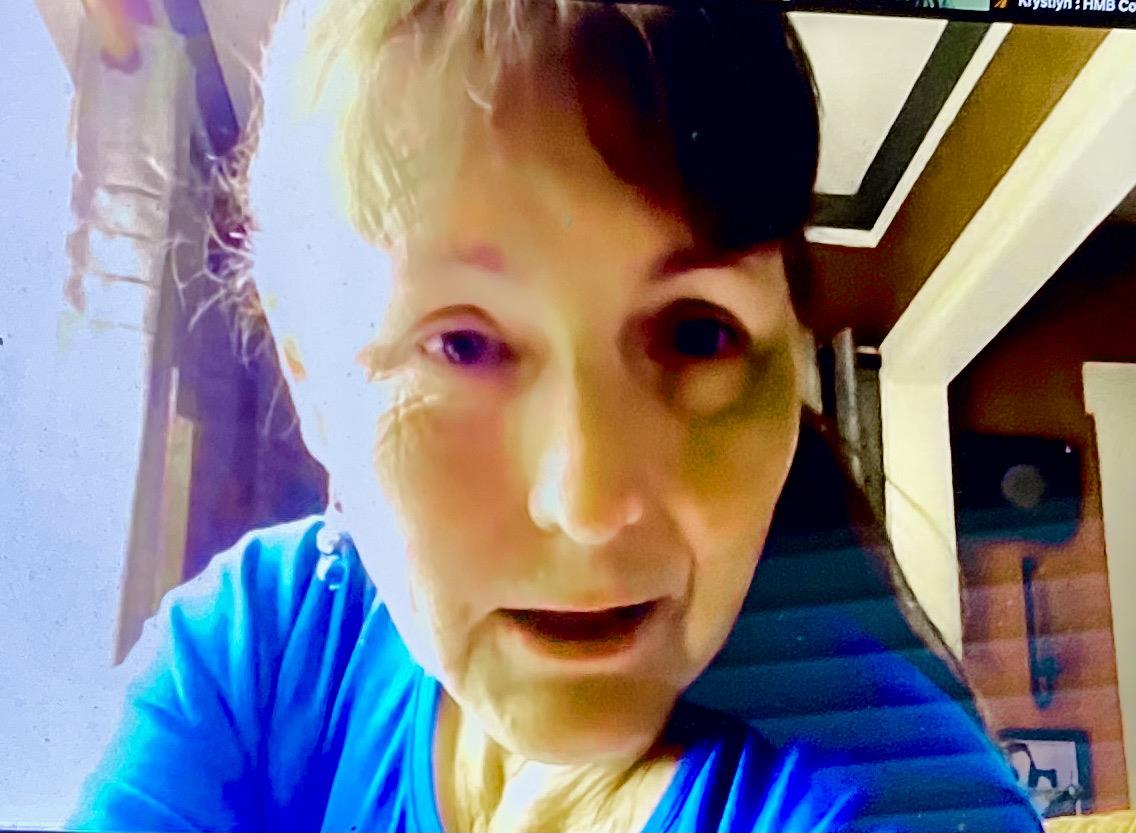
Marble Draw ![]()
![]() POSTPONED
POSTPONED
PHOTO GALLERY

